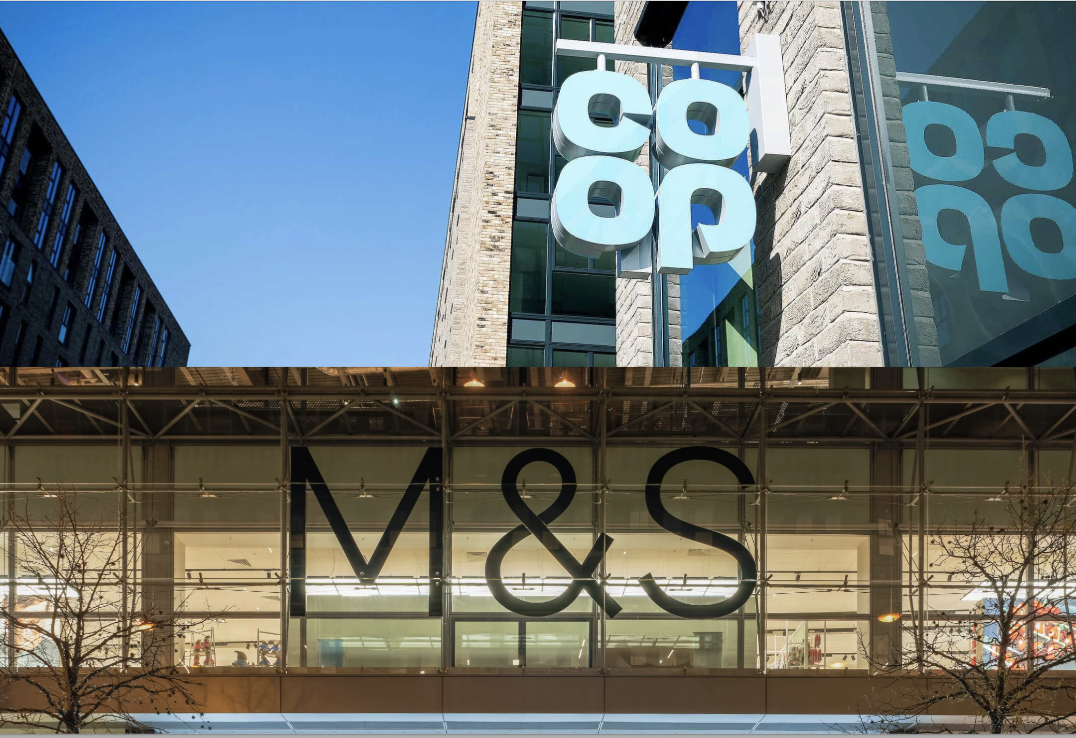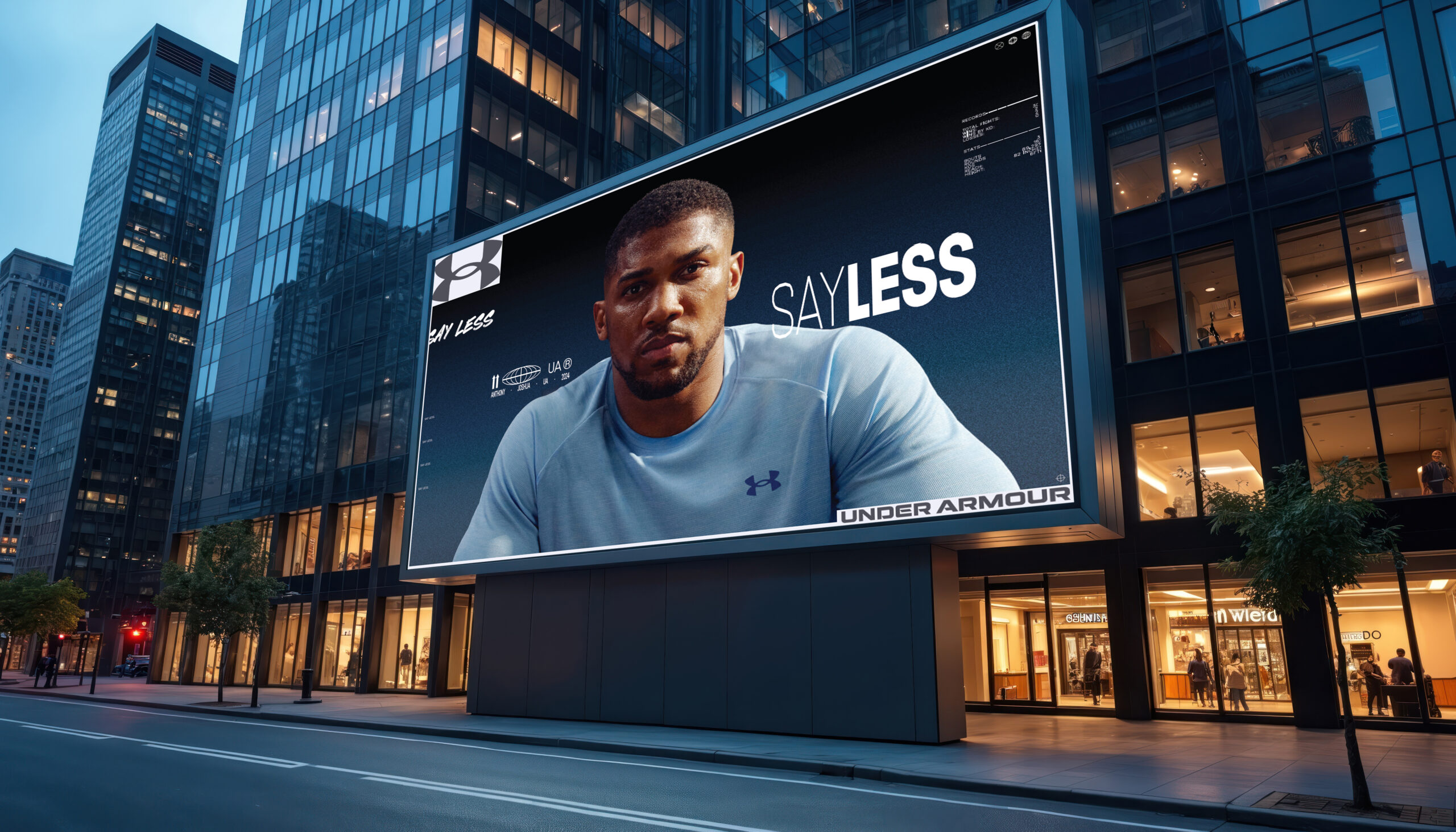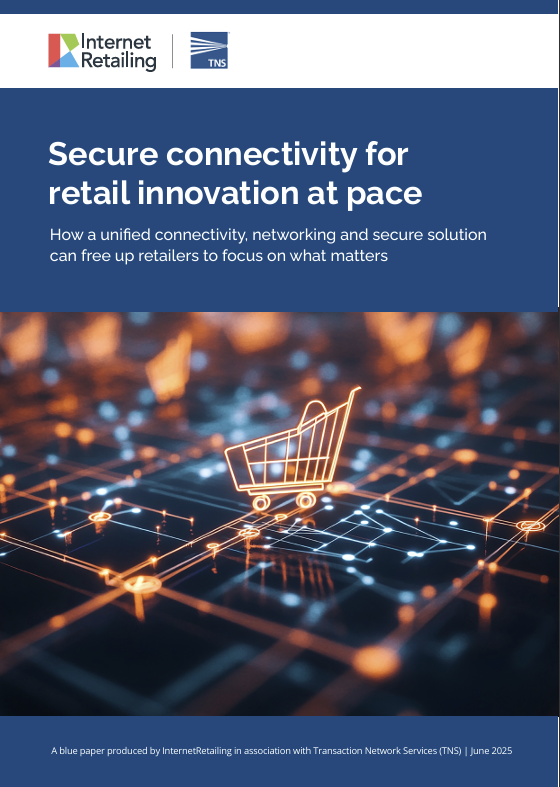Reflecting customers’ interests in the products and content they are shown on websites and emails can help boost sales dramatically. In a recent Internet Retailing webinar Richard Evans, director of marketing EMEA for Silverpop, Rolf Doerr, director of business development for Baynote, which specialises in dynamic personalisation for ecommerce, and Alistair McLeish, CTO of Musicroom.com, explored how retailers can make this work for them.
Online sales may be growing quickly, pointed out Rolf Doerr, director of business development for Baynote, which specialises in dynamic personalisation for ecommerce, but that doesn’t mean ecommerce is the “miracle cure” for all retailers that some executives perceive it to be. Both competition and the complexity of technology are increasing in as more sophisticated consumers up their demands – making it harder for individual retailers to boost their own revenues.
“We have a battle for consumer attention,” he said. “Sometimes consumers are ahead of the merchant so we need to make sure we are updating our tools and technologies on all the touchpoints we are working with our visitors and clients – social websites, emails, smart devices and so forth.”
And while 20% of online shoppers intend to buy, only 2% or 3% actually do – compared to 30% of the shoppers who walk into a physical store. “We believe we should develop technology that helps to get from the 2% to the 20%,” said Doerr. According to Doerr, recognising your customer, understanding what they want from their visit to your site and delivering relevant content and products in a responsive way will help to boost sales – across the channels. In a word, personalisation.
But how can the internet be used to deliver this personalisation? Doerr explained how Baynote technology observes consumer behavioural parameters on a website, from the way the anonymous visitor arrives on the site – and the key word search that brought them there – to what they do while they’re there, such as highlighting a picture or text, and how they leave. It then defines each customer as part of a like-minded peer group, with others who have behaved as they did, in order to serve, using this collective intelligence or ‘wisdom of the crowd’, with the content and products that segment found most useful and engaging.
One example of recommendation technology at work came in a case study from Musicroom.com. Its CTO, Alistair McLeish, told the webinar audience how a recommendations strategy was developed for the MusicRooms.com website, which sells printed music, instruments and accessories and has a catalogue of more than 150,000 products.
The company put recommendations on the product pages, on search results pages, category browse pages, and on the basket page. Other pieces of knowledge that could feed into recommendations include wishlists and previous products bought. An important part of the strategy, he said, was to learn from what previous visitors to the site had bought.
But it is how it works in practice that proved most illuminating. McLeish cited the example of someone looking for a flute who might be shown not only products that were known to be directly relevant, such as flute strings, but also products that were bought by others looking for a flute – such as a music stand, which is bought by flute players but, said McLeish, “is not directly related in a data sense.” He said: “Crowd sourcing can make those associations for you and it won’t just tell you that flute players want a music stand, it will tell you which music stand out of your catalogue of music stands particularly, flute players want.”
He also pointed to the way that obscure pieces of music could be brought to the fore by the power of others’ searching. That was the case when Paul Mealor’s Ubi Caritas featured in the Royal Wedding service this spring. “Over the bank holiday weekend, without any human intervention, this piece of music started to magically appear in our recommendations systems due to its popularity,” said McLeish.
As a result of this use of recommendations, he said, there was a large rise in conversion rate. Users who clicked on a recommendation on the site converted at a rate of around 10 times the site average, taking sales for these visitors to a 20% conversion rate. “There was also a significant increase in average order values,” he said. “You can also use it to affect your margins by allowing recommendations rules to target high margin areas in your catalogue.” Not only that but, he said: “The business knowledge that you can glean can be very illuminating.”
The session was concluded by Richard Evans, director of marketing, EMEA, at email marketing company Silverpop, who considered the part that targeted emails play in personalisation – and the higher revenues they can deliver. “Triggered emails and recommendations combine are one of the most potent forms of recommendations I think we can put together in email marketing today,” he said.
Evans cited a JupiterResearch study that showed typical monthly revenues of $45,600 and monthly profits of $5,155 generated by broadcast emails, while lifecycle emails brought in monthly revenues of $222,970 (profits of $76,668) and targeted emails brought in monthly revenues of $228,754 (profits of $83,419). However website driven emails, that reflect an event that has just happened on the site, – website clickstream emails – give average monthly revenues of $401,942 (profits of $162,631). They might include welcome emails, shopping and transaction-related emails, through to existing customer emails. “These programmes are the vehicle through which we can carry recommendations and email marketing and they are extremely relevant,” he said. “They are based on individual actions and behaviour on a website.”
Few retailers, he said, are actually employing any sort of automation at all – though a poll showed that 15% of the audience was using cart abandonment emails, making it, said Evans, an advanced audience.
Triggered email, he said, could be highly relevant to the individual – and sent on terms that the customer can set – and deliver a high revenues and return on investment even at low volumes, while remaining something that retailers could ‘set and forget.’ According to figures from Silverpop client S&S Worldwide, said Evans, triggered emails made up 4.1% of total emails sent, compared to 95.9% sent through batch campaigns. But 40.2% of sales came through triggered campaigns, while batch campaigns accounted for 59.8% of sales.
Silverpop’s own research, carried out in 2010, found that the most popular type of triggered email was that asking about service satisfaction, used by 50% of retailers. That was followed by a request for a product review (43%) and a recommendation for another product the buyer might like (29%). However 26% did not used post-purchase emails.
Citing the example of Silverpop client Fabric.com, Evans showed that triggered emails that included recommendations were opened at more than double the rate of broadcast emails, while the recommendations contained in them also helped push average order values up by 53%. An immediate follow up also brought higher conversion rates, he went on to say.
Keeping it relevant is important, said Evans, since Forrester research showed that 74% of people would unsubscribe from an email list that offered irrelevant content. “The brands weren’t making a connection with consumers,” he said.
Three practical recommendations
. Personalise transaction emails with relevant recommendations to increase conversion.
. Retarget and convert customers with targeted emails based on cart or website abandonment.
. Use special offers to market to and convert customers.
To hear the webinar, view the accompanying slides and hear the live question and answer session for free, visit our webinar page where you will find a link to the recorded webinar.








